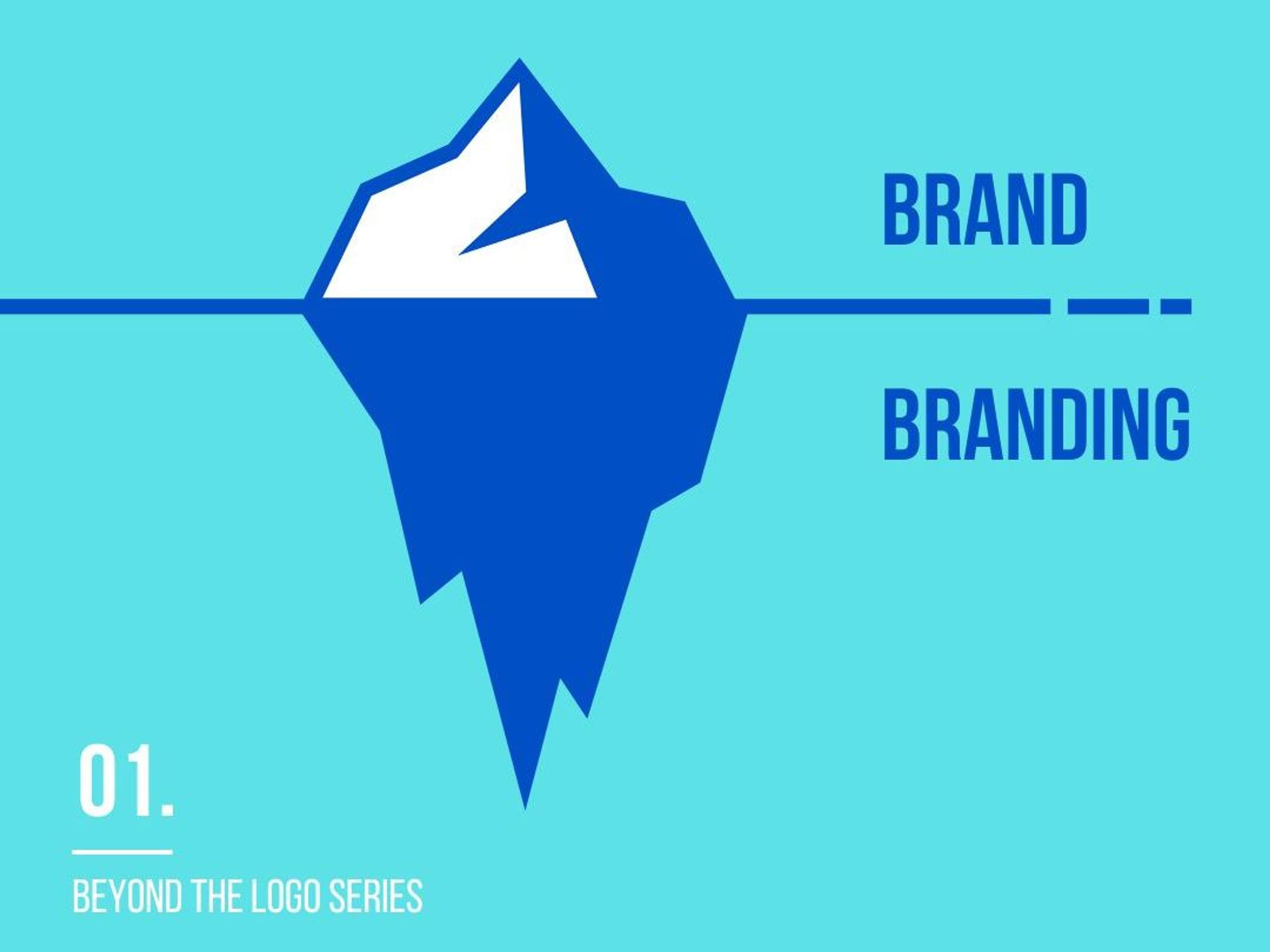Navigating Brand and Branding
In the ever-evolving landscape of business and marketing, understanding Brand and Branding can seem like navigating through a maze of differing opinions. While everyone might have their own interpretation of what a brand is, Branding often leaves people at a loss for words. Let's demystify both concepts.
According to Marty Neumeier, a celebrated author and brand expert, "A brand is not what you say it is, it's what they say it is." This statement encapsulates the essence of brand - it's the collective perception and emotional connection that consumers have towards a company, product, or service. Branding is about connecting "good strategy with good creativity," incorporating visual, verbal, and experiential elements to shape and communicate the brand's identity.
Key Components of Brand:
Brand Essence: At the heart of every brand is its essence, which holds the basic truth about what it stands for and connects with its intended audience. It's the need to capture this essence in a captivating story that lays the foundation for the brand's identity.
Brand Values: They guide decisions and shape how consumers see the brand. These values act like the brand's moral compass, affecting everything from making products to marketing them.
Brand Promise: At the core of a brand is the promise it makes to customers. It's really important to keep this promise all the time. This builds trust and keeps customers coming back.
Essentials of Branding:
Visual Identity: Neumeier says the way things look is really important for branding. Things like logos and colors help show what a brand is about and make it easy for people to recognise.
Brand Messaging: Denise Lee Yohn, who knows a lot about branding, says it's vital to have clear and interesting messages that connect with the people you're trying to reach. Keeping these messages consistent across different places helps strengthen what the brand stands for and gives people a unified experience.
Brand Experience: Branding is about more than just advertising. It's about every time someone interacts with the brand, whether online or in person. All these interactions shape how people see the brand.
The Connection Between Brand and Branding:
Although brand and branding are different, they work together to make a strong brand identity. By planning branding activities that match the brand's core and values, businesses can build real relationships with customers and make them loyal to the brand.
Case Studies Illustrating Brand vs. Branding:
Nike:
Brand: Nike's brand is all about being active, creative, and feeling powerful. Their famous swoosh logo and "Just Do It" slogan are known and liked by people everywhere. They show Nike's dedication to doing things well and never giving up.
Branding: Nike doesn't just focus on how it looks. It does things like organising events and getting athletes to support its products. These activities remind people of what Nike stands for and gives them exciting experiences that make them like the brand even more.
Apple:
Brand: Apple is known for being simple, innovative, and luxurious. Their products look stylish, are easy to use, and are priced high, making people feel special when they buy them.
Branding: Apple's way of branding focuses on keeping things simple and stylish in everything they do, from their logo to their stores. They make sure everything feels nice and easy to use, giving customers an experience that makes them feel like they're buying something special.
Dove:
Brand: Dove is all about including everyone, being real, and making people feel strong. Their "Campaign for Real Beauty" changed how people think about beauty, showing all kinds of women and encouraging them to feel good about themselves.
Branding: Dove did a lot of different things to show what they stand for, like making videos, being active on social media, and creating new products. By making sure everything they did matched their values, Dove made people feel connected to their brand and started important discussions about feeling good about who you are.
My Advice:
Understand Your Brand: Figure out what your brand is really about and what it stands for. This will help you keep your message and actions consistent.
Make Your Brand Look Good: Pay attention to how your brand looks, like your logo and colours. This is often the first thing people notice about your brand. Beware of amateur design help; you wouldn't trust your nan's knitting skills to knit a spacesuit, would you? Invest in professionals to ensure your brand stands out like a bright star in the night sky.
Tell Your Brand Story: Write messages that connect with your audience. Think about how you want people to feel and what you want to say about your brand.
Create Great Experiences: Make sure every time people interact with your brand, it's a good experience. Whether it's online or in person, aim to make people happy and leave a good impression.
Keep Your Promises: Do what you say you'll do. This builds trust with your customers and keeps them happy.
